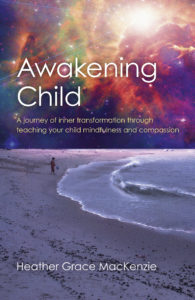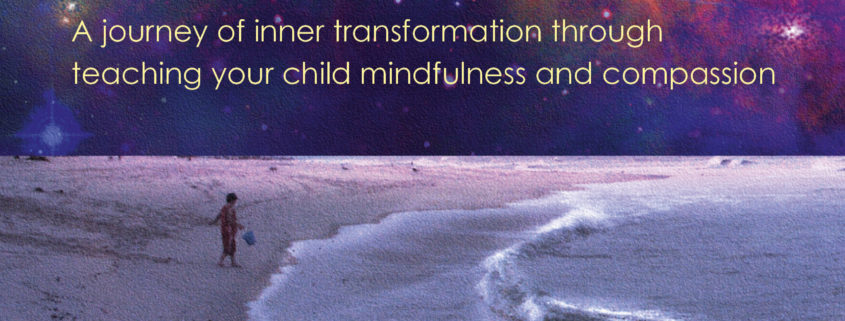Mindful of Breath By Heather Grace Mackenzie
 The breath is one of the most powerful balancers and something that we can come home to in each and every moment. A microcosm of the cycle of life, our breath is with us from the moment we take our first breath until the moment we return home to Source.
The breath is one of the most powerful balancers and something that we can come home to in each and every moment. A microcosm of the cycle of life, our breath is with us from the moment we take our first breath until the moment we return home to Source.
Paying attention to the breath gives us a real insight into what’s going on for us at any point in time. When I notice that my breath catches briefly, this often cues me to direct my attention to my thoughts where I will find a memory playing of a difficult moment in the past and I’m then aware that my mind has chosen to label the associated emotion as ‘embarrassment’ because my breath often catches when the discomfort of embarrassment is playing out. When there’s a heavy sensation associated with my breathing, along with a slight ache in the chest area, I may be alerted to a sad feeling passing through me. These are wonderful opportunities to pause and set the intention to be kind to myself as this moment of difficulty passes through.
When leading children in breathing practices, we need to be aware that young children may become quite bored and restless if just paying attention to the relatively subtle sensations of the breath. Sometimes a few minutes of some vigorous movement, for example dancing madly as if no one’s watching, is an outlet for high energy and enough to bring the child into a more embodied state for a few minutes of a breathing practice. Alternatively, you could incorporate some movement into the practice and suggest that this movement is synchronised with the breath. An example is given below in Exercise 8.3 Heart Breathing which most children (and some teens) will enjoy. If you’d like to extend the period of practice with your child and perhaps lead them in a visualisation, then settling and grounding is a great place to start before inviting the child to move into visualisation.
Exercise: Heart Breathing
Ask your child to touch index fingers together and their thumbs together to make a heart shape (you may need to demonstrate this to the child before the exercise) and then suggest that they may want to now bring the other fingers of the hands together until the tips of the fingers touch.
You can guide the practice along the lines of the following words:
Allow your eyes to close if that feels OK, so that you can really concentrate on tuning into your body. If you’d prefer to keep your eyes open, then relax the muscles around your eyes so that your gaze is soft and fuzzy and it might feel like you’re looking out of the sides of your eyes.
When breathing out, bring the index fingers down to meet the thumbs; when breathing in, move the index fingers back out to make a heart shape again. Keep moving in time with the breath.
Heather Grace MacKenzie was brought up on the Scottish Isle of Islay, daughter of a farmer and a conservationist. She is a Mindfulness Teacher, Reiki Master and Empowerment Coach. As well as teaching meditation and mindfulness to her own three children and her two step-children, she has taught children of all ages and stages in both family and school settings. Her most important work is mothering four amazing boys.
Awakening Child is published by O Books, ISBN: 978-1-78535-408-3 (Paperback) £13.99 $24.95 EISBN: 978-1-78535-409-0 (e-book) £6.99 $9.99.
Posted with permission by Matt Welsh from http://www.spiritualmediablog.com.



Leave a Reply
Want to join the discussion?Feel free to contribute!